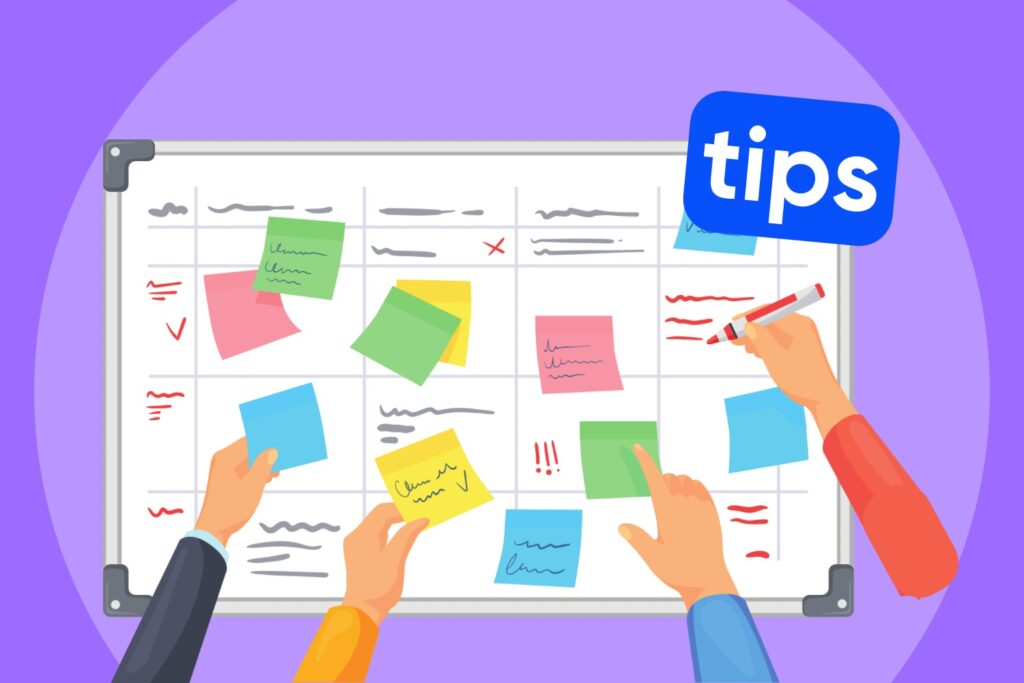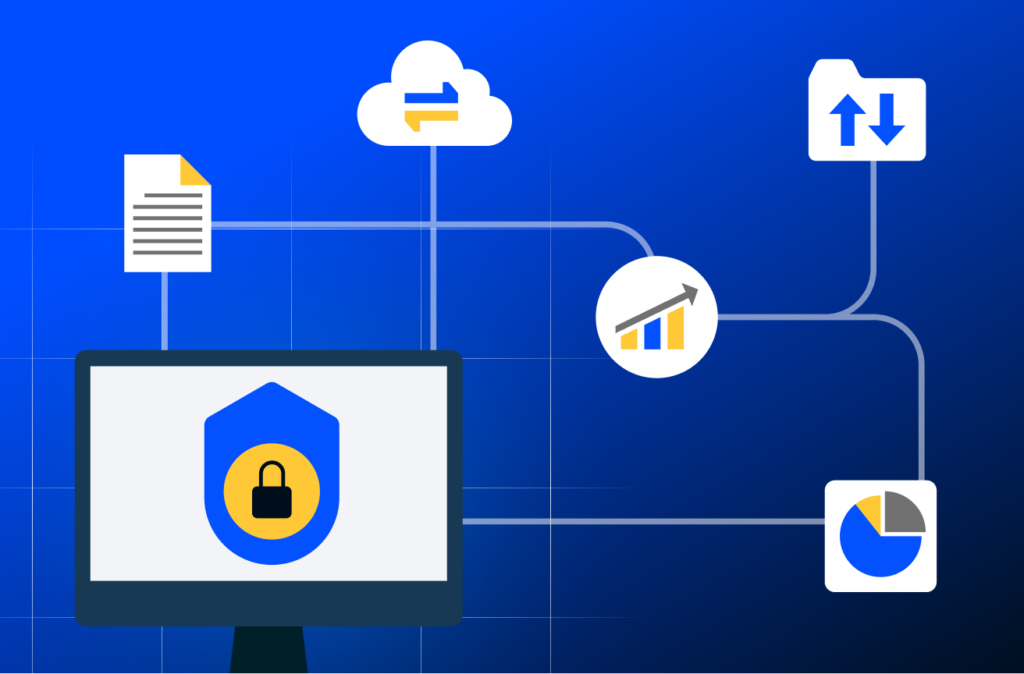How ERP improves collaboration between developers and clients

Bridging the Gap Between Developers and Clients
Software development isn’t just about writing code—it’s about understanding client needs, managing expectations, and delivering a product that truly solves problems. But let’s be real: communication gaps often lead to misunderstandings, missed deadlines, and frustration on both sides. This is where an ERP system for IT companies changes the game. By centralizing communication, automating workflows, and providing real-time insights, ERP helps developers and clients stay on the same page from start to finish.
The Challenges of Developer-Client Communication
Every IT company has faced this scenario: A client requests a feature, developers work on it for weeks, only to find out that the final product doesn’t match expectations. Why? Because feedback got lost in emails, priorities shifted without proper tracking, or requirements weren’t updated in real time.
ERP systems eliminate these bottlenecks by providing a structured, transparent environment where tasks, feedback, and progress updates are tracked automatically. No more chasing down emails or waiting for status updates—everything is visible in one place.
Common Pain Points Without ERP:
- Misaligned Expectations – Clients and developers don’t always speak the same language.
- Scattered Communication – Critical updates get buried in email threads.
- Delayed Feedback Loops – Without real-time tracking, issues aren’t caught early enough.
One IT firm that adopted ERP solutions for managing IT business reduced project miscommunications by 40%, leading to faster turnaround times and happier clients.
Making Collaboration Seamless with ERP
Imagine a project where clients can log in to a dashboard, see real-time updates, and provide instant feedback. No waiting for weekly meetings, no surprises—just smooth collaboration. ERP systems make this possible by integrating project management, communication, and reporting tools into a single platform.
With ERP, developers can track client requirements, log changes, and adjust workflows instantly. Clients, in turn, can monitor progress without needing constant check-ins, ensuring that expectations are always clear.
How ERP Transforms Developer-Client Interaction:
- Centralized Task Management – Assignments, updates, and milestones are all in one place.
- Automated Progress Tracking – No more back-and-forth emails—clients see real-time updates.
- Seamless Feedback Integration – Changes and comments are logged instantly, reducing revision cycles.
By implementing an ERP system for IT businesses, companies improve transparency, streamline workflows, and enhance collaboration at every stage of development.
Strengthening Developer-Client Relationships
Successful projects don’t just rely on great code—they rely on trust. When clients feel informed and involved, they’re more likely to be satisfied with the final product. ERP helps IT companies foster better relationships by providing structured, real-time engagement.
Why ERP Improves Client Satisfaction:
- Faster Response Times – Issues and requests are addressed without unnecessary delays.
- More Transparency – Clients can track progress without needing constant updates.
- Fewer Revisions – Clearer requirements lead to fewer last-minute changes.
For instance, a development team using ERP for marketers and marketing teams was able to integrate marketing strategies directly into their software solutions, aligning their work with client goals more effectively.
How to Implement ERP for Better Collaboration
If you’re ready to streamline communication between developers and clients, follow these steps to integrate ERP into your workflow:
- Define Clear Communication Channels
Use ERP to centralize client requests, feedback, and approvals. - Automate Project Tracking
Set up real-time dashboards so clients and teams always know project status. - Train Teams on ERP Best Practices
Ensure both developers and clients understand how to use the system effectively. - Set Clear Milestones and Expectations
Use ERP to create structured roadmaps that align everyone from day one. - Continuously Improve Based on Data
Use ERP reports to refine communication and collaboration strategies over time.
The Long-Term Impact of ERP in IT Development
Beyond just improving day-to-day interactions, ERP brings lasting benefits to IT companies. From ERP employee tracking in IT companies to automating administrative tasks, ERP helps teams work smarter, not harder.
Why ERP Delivers Long-Term Benefits
- Increases Efficiency – Less time wasted on back-and-forth emails means developers can focus on coding.
- Improves Teamwork – Clear workflows foster better collaboration between developers and clients.
- Keeps Projects on Track – Real-time monitoring helps teams meet deadlines and avoid last-minute surprises.
A development firm that integrated ERP into its project management saw a 35% boost in on-time project completion, leading to stronger client relationships and improved retention.
Why IT Companies Can’t Overlook ERP for Developer-Client Collaboration
Great software isn’t just about clean code—it’s about delivering exactly what the client needs. Without structured workflows and transparent communication, even the best development teams can run into roadblocks. ERP solutions for managing IT business bring automation, clarity, and real-time tracking to the process, making collaboration effortless.
With ERP, IT teams minimize misunderstandings, keep clients in the loop, and ensure projects stay on schedule. No more scattered updates, misaligned expectations, or frustrating last-minute changes—just a streamlined, efficient way to develop software while keeping clients engaged and satisfied.
you achieve your goals!






